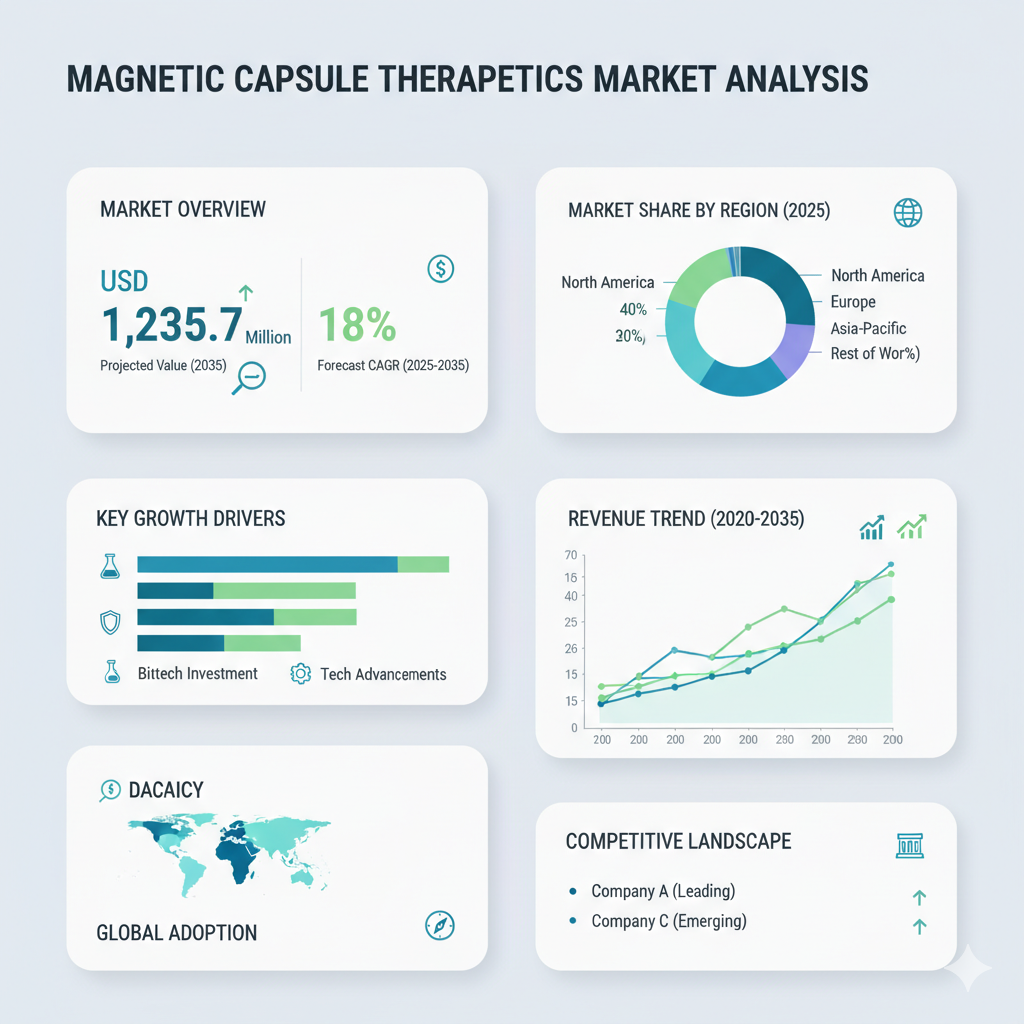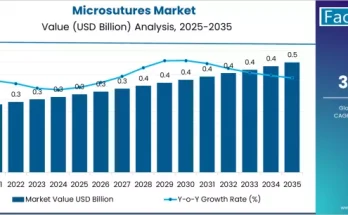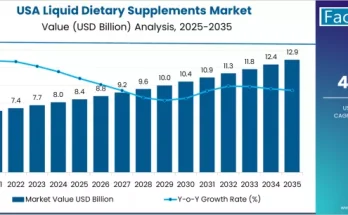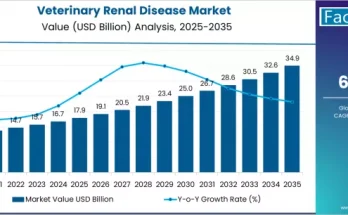The global magnetic capsule therapeutics market is poised for significant expansion over the next decade. The market is projected to grow from USD 236.1 million in 2025 to USD 1,235.7 million by 2035, reflecting an impressive compound annual growth rate (CAGR) of 18% during the forecast period. This rapid growth highlights the rising demand for minimally invasive diagnostic and therapeutic technologies, advancements in magnetic navigation systems, and increasing investment in medical robotics and imaging innovation.
By Product Type
The market is segmented into Magnetic Capsule Endoscopes, Wireless Video Capsules, and Magnetic Drive Capsule Robots.
- Magnetic Capsule Endoscopes hold the largest share, driven by their increasing use in gastrointestinal diagnostics. These capsules enable non-invasive exploration of the digestive tract, minimizing patient discomfort and reducing the need for traditional endoscopy.
- Wireless Video Capsules are gaining traction due to advances in miniaturization, imaging precision, and battery life, which enable longer procedures and better image capture.
- Magnetic Drive Capsule Robots, though still emerging, represent the next wave of medical robotics. Their potential for targeted drug delivery, tissue sampling, and localized therapeutic interventions is expected to transform gastrointestinal and other internal treatments.
By Application
Applications of magnetic capsule therapeutics span Gastrointestinal Disorders, Polyp Detection, Therapeutic Drug Delivery, and Minimally Invasive Surgery.
- The Gastrointestinal Disorders segment dominates due to the global prevalence of digestive diseases and the growing preference for non-invasive diagnostic tools.
- Therapeutic Drug Delivery and Minimally Invasive Surgery are rapidly growing segments, as magnetic capsules evolve beyond diagnostics to perform precise, localized therapeutic actions.
By Technology
Technological segmentation includes Magnetic Navigation Technology, Wireless Transmission Technology, Magnetic Bearings, and Active Magnetic Levitation.
- Magnetic Navigation Technology is the backbone of the sector, allowing precise remote control and guidance of capsules within the human body.
- Advances in Wireless Transmission are enhancing real-time image quality and reducing latency. These technologies are essential for doctors to monitor and control capsule movement during procedures.
By End-Use
The key end-users are Hospitals, Diagnostic Centers, Specialty Clinics, and Others.
- Hospitals and large Diagnostic Centers dominate market adoption, benefiting from superior imaging infrastructure and early access to advanced devices.
- Specialty Clinics are expected to adopt these technologies at a steady rate, particularly as costs decline and reimbursement frameworks expand to support advanced minimally invasive procedures.
By Region
Regionally, the market is divided into North America, Latin America, Europe, East Asia, South Asia & Pacific, and Middle East & Africa.
- North America leads due to advanced healthcare infrastructure, high awareness, and strong R&D investment.
- Europe follows closely, with Germany, the U.K., and France driving adoption through their focus on healthcare innovation.
- Asia-Pacific is emerging as a high-growth region, supported by increasing prevalence of gastrointestinal diseases, large patient populations, and growing healthcare expenditure.
- Latin America, Middle East, and Africa are expected to witness gradual adoption as technology transfer and healthcare modernization progress.
Recent Developments & Competitive Dynamics
Notable Recent Developments
Several technological breakthroughs and product launches have recently reshaped the competitive landscape:
- In January 2025, JIFU Medical introduced its Dasheng Magnetic Capsule Endoscopy System, which improves navigation accuracy and image resolution for advanced gastrointestinal diagnostics.
- In April 2024, CapsoVision launched the CapsoCam Plus capsule with a 360° panoramic view, significantly improving lesion detection and coverage within the GI tract.
These innovations demonstrate the industry’s focus on expanding diagnostic precision, reducing patient risk, and improving capsule maneuverability.
Key Players & Competitive Strategies
The market is characterized by a mix of global leaders and specialized innovators. Major players include Medtronic, Olympus Corporation, IntroMedic Co., Ltd., CapsoVision, RF System Lab, Siemens Healthineers, Ankon Technology, Chongqing Jinshan Technology, and Zifu Medical Technology.
These companies are actively competing through:
- Technological Differentiation – Enhancing imaging resolution, capsule control, magnetic navigation, and battery efficiency to set new industry benchmarks.
- Regulatory and Reimbursement Strategy – Securing clinical approvals and favorable reimbursement terms to accelerate hospital adoption.
- Collaborative Partnerships – Partnering with healthcare institutions and research bodies to validate clinical performance and expand real-world applications.
- Global Expansion – Extending presence into emerging markets in Asia, Latin America, and the Middle East to capture untapped demand.
As technological advancements continue, the focus will shift toward improving reliability, reducing production costs, and integrating artificial intelligence for enhanced image interpretation and navigation. The development of multi-functional capsule robots capable of performing both diagnostics and therapy will be a major growth frontier over the next decade.



